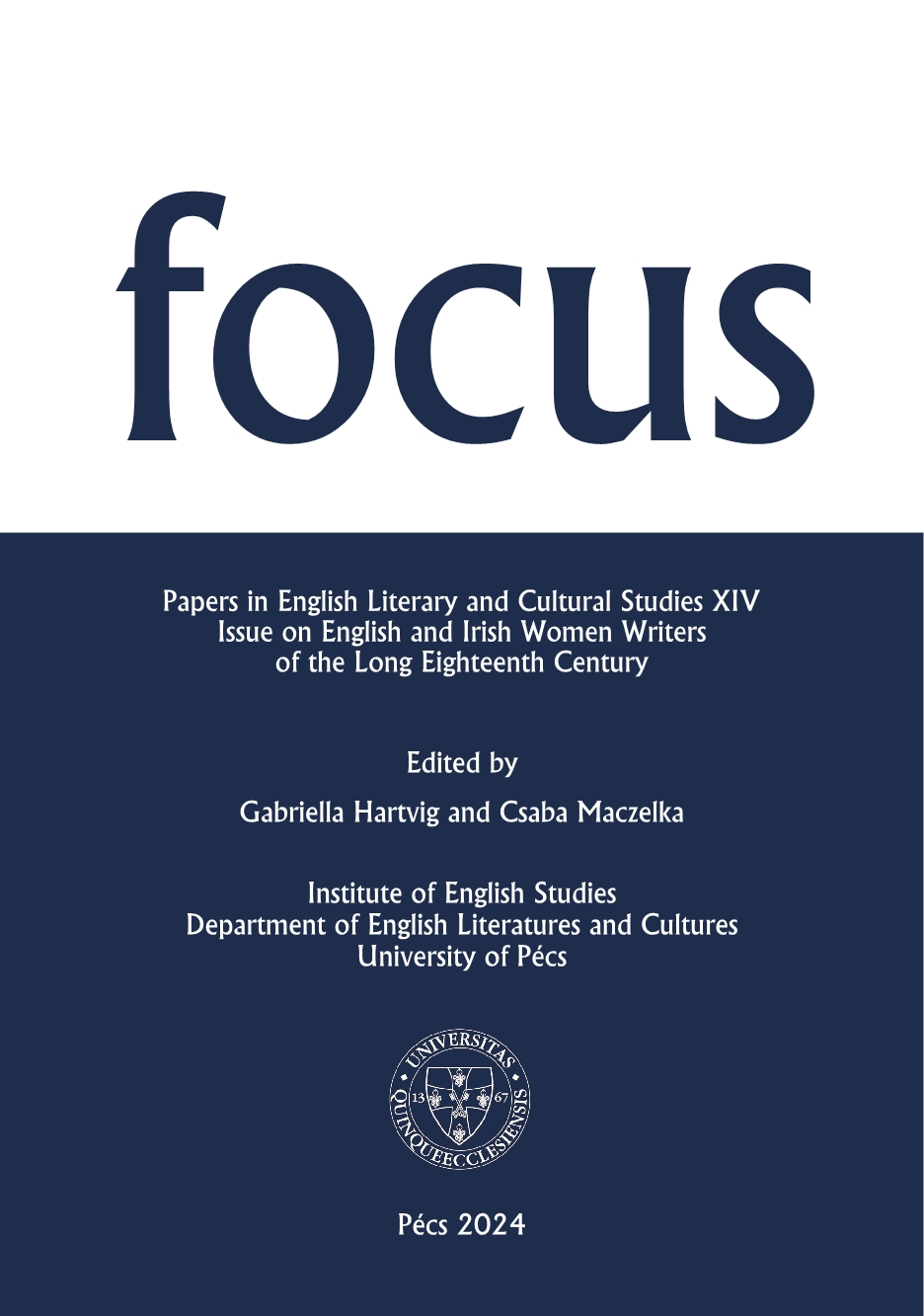Notes on the Hungarian Translation of Margaret Cavendish’s The Description of a New World, Called the Blazing-World (1666)
DOI:
https://doi.org/10.15170/Focus.14.2024.9Keywords:
translation, geography, cartography, utopia, romance, Margaret CavendishAbstract
The paper offers insight into some of the challenges of translating Margaret Cavendish’s The Blazing World (1666) into Hungarian. Although Cavendish appears in some comprehensive literary histories and magazine articles published in Hungary, her works have never been translated into the language. The current paper is based on the ongoing translation of Cavendish’s widely studied utopian romance. The paper opens with a brief glimpse at the intellectual context of the author and her peculiar position in the male-dominated world of the Scientific Revolution. This is followed by a discussion of questions encountered during the translation of the first, "romancical" part of the text, with special focus on its unique use of Northern geography. While examining the geographical context of the utopia, the paper also explores the potential influence of contemporary maps on the imaginary geography described by Cavendish, together with the maritime lexicon characteristic of this section of the text.
Downloads
Published
How to Cite
Issue
Section
License
Copyright (c) 2024 FOCUS: Papers in English Literary and Cultural Studies

This work is licensed under a Creative Commons Attribution-NonCommercial-NoDerivatives 4.0 International License.
FOCUS: Papers in English Literary and Cultural Studies follows the principles laid down by Creative Commons, which provides guarantees for the Author’s copyright while also ensuring that intellectual properties are made available for the wider public in a digital form. All papers submitted to the journal apply the following licence conditions (indicated on the journal’s website as well as in individual publications):
“© This work is licensed under a Creative Commons Attribution-NonCommercial-NoDerivatives 4.0 International License.”
You are free to:
- Share, copy and redistribute the material included in the journal in any medium or format under the following terms:
- Attribution — You must give appropriate credit to the Author, and indicate the original place of publication [FOCUS: Papers in English Literary and Cultural Studies, Issue nr., page numbers.].
- NonCommercial — You may not use the material for commercial purposes.
- NoDerivatives — You are not allowed to remix, transform, or build upon the material.
- The above conditions must always be indicated if the journal material is distributed in any form.
- The above conditions must always be met, unless a written permission signed by the Author and the Editor-in-Chief states otherwise.

